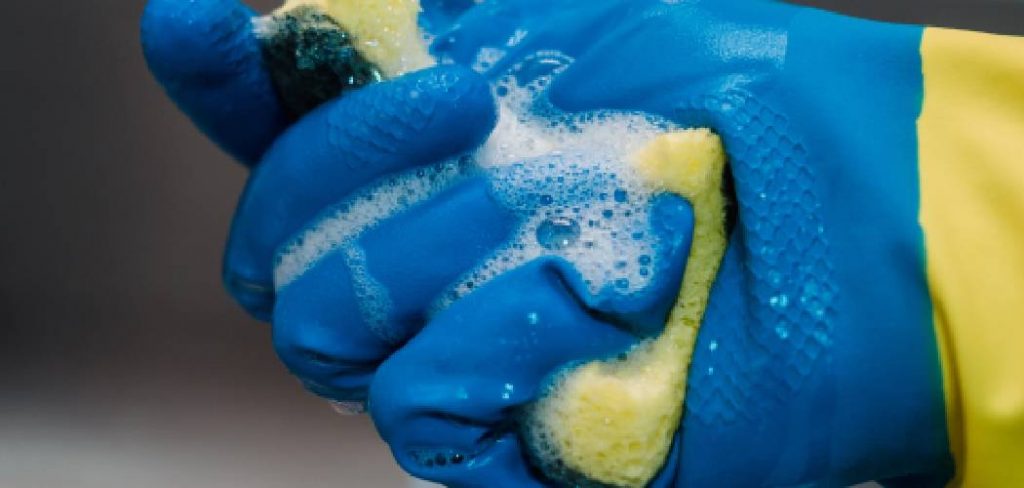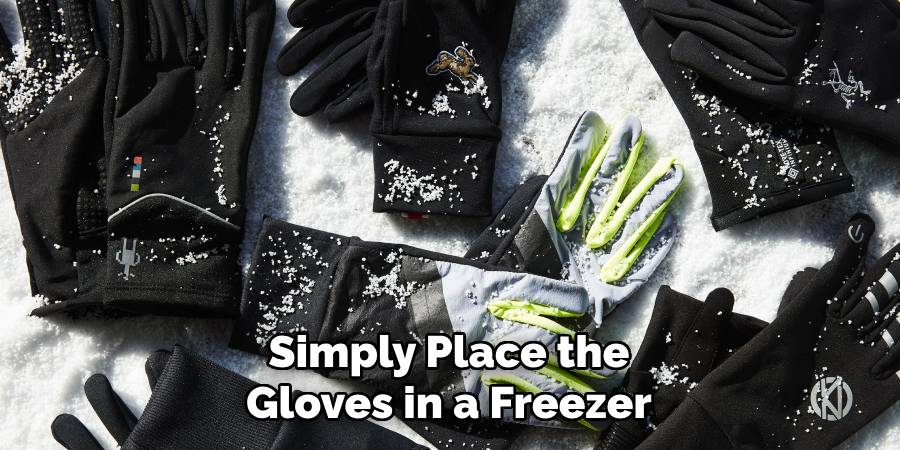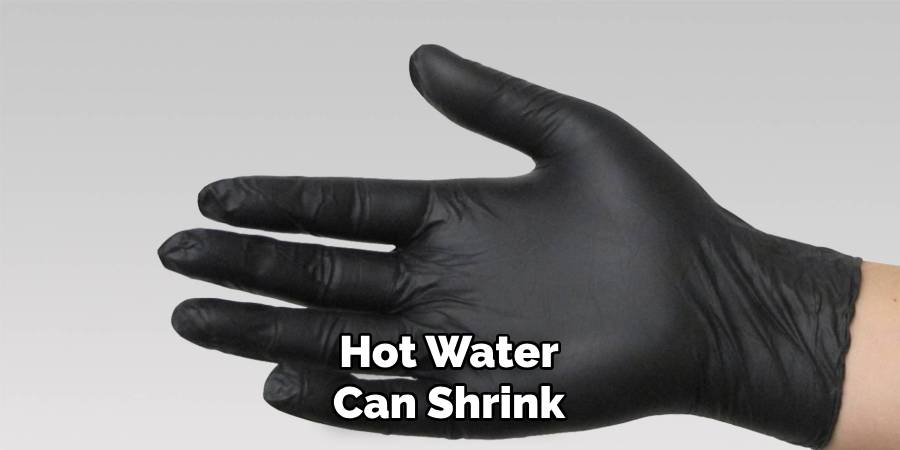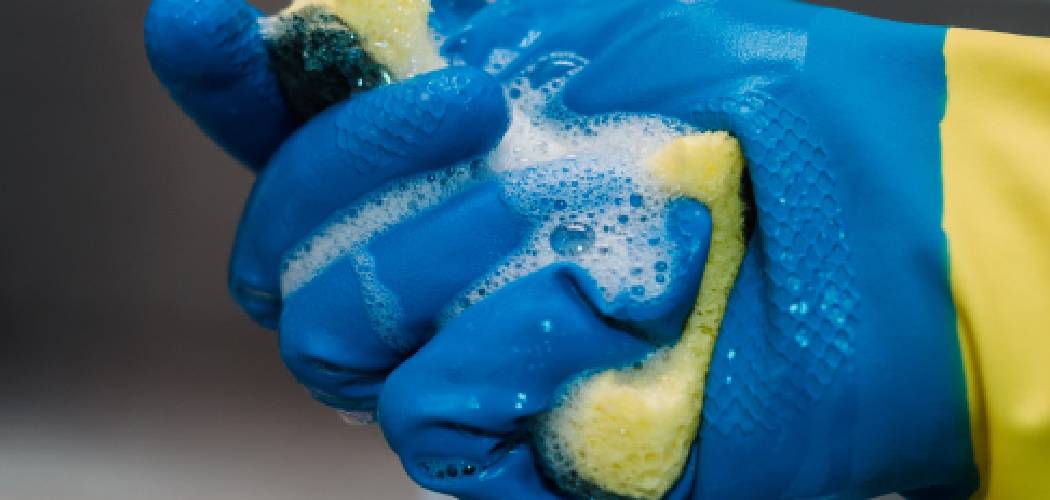Properly washing and caring for gloves is essential to maintain hygiene and extend their lifespan. Whether it’s winter gloves, rubber gloves, or work gloves, knowing how to clean them effectively is crucial.

In this comprehensive guide, we will explore how to wash your gloves. The method of washing gloves can vary depending on the material and purpose, such as cotton, wool, nylon, or rubber gloves.
From using cold water and mild laundry detergent for some to soaking in warm water with a gentle detergent for others, we’ll provide you with the knowledge needed to keep your gloves clean and odor-free.
Additionally, we’ll delve into proper drying and storage techniques, ensuring your gloves remain in top condition for repeated use. Whether you wear gloves for protection, warmth, or daily tasks, this guide will help you maintain their cleanliness and functionality.
The Importance of Washing Gloves for Hygiene and Longevity
Gloves are an essential part of our daily lives, whether we wear them for protection from harmful substances or to keep our hands warm during the colder months. However, it is important to realize that gloves also need to be properly cared for in order to maintain their effectiveness and longevity.
Just like any other article of clothing, gloves can become dirty and harbor bacteria if they are not washed regularly. Failure to wash your gloves can result in unpleasant odors and an increased risk of spreading germs, ultimately defeating the purpose of wearing them for protection.
Additionally, washing your gloves on a regular basis can help prolong their lifespan. Dirt and grime can cause wear and tear on the material, making them less effective over time. By washing your gloves, you can remove these particles and keep them in good condition for longer use.
10 Methods How to Wash Your Gloves
1. Hand Washing
The most basic way to wash your gloves is by hand washing them with warm water and a mild detergent. Start by filling a sink or basin with warm water and adding a few drops of detergent. Submerge the gloves in the soapy water and use your hands to gently agitate them. Once they’re clean, rinse them off with clean, cool water and allow them to air dry.
2. Machine Washing

If you prefer, you can also machine wash your gloves. To do this, place the gloves in a mesh laundry bag and add them to your washing machine along with any other items you’re washing. Select a gentle cycle and make sure to use cold water only; hot water may cause shrinkage or fading of the fabric. After the cycle is complete, remove the gloves from the bag and let them air dry before wearing again.
3. Spot Cleaning
Spot cleaning is an effective way to clean small areas of dirt or stains on your gloves without having to wash the entire pair. To spot clean, simply dampen a cloth or sponge with warm water and a mild detergent, then gently rub it over the stained area until it’s gone. Rinse off any remaining soap residue with cool water and let the gloves air dry before wearing them again.
4. Dry Cleaning
If you have leather or suede gloves that need cleaning, it’s best to take them to a professional dry cleaner for the best results. The dry cleaner will be able to safely clean these materials without causing any damage or discoloration of the fabric. Make sure you tell them if there are any special instructions for cleaning your gloves so that they can be properly cared for during their cleaning process.
5. Stain Remover
For stubborn stains on fabrics such as wool or cotton, you may need to use a stain remover specifically designed for those materials in order to get rid of them completely without damaging the fabric itself. Apply a small amount of stain remover directly onto the stained area and allow it to sit for several minutes before rinsing it off with cool water and allowing it to air dry completely before wearing it again.
6. Vinegar Solution

Vinegar is an excellent natural solution for removing dirt and odors from fabric-based gloves such as cotton or wool blends without damaging them in any way. To use vinegar as a cleaning solution, fill a sink or basin with warm water and add 1/4 cup of white vinegar per gallon of water used; submerge your gloves in this solution for 15-20 minutes before rinsing off with cool water and allowing them to air dry completely before wearing again..
7. Baking Soda Paste
For tougher stains on fabric-based gloves such as wool or cotton blends, you can make a paste out of baking soda and lukewarm water that can help loosen up even tough grime from deep within fibers without damaging them in any way.
Simply combine equal parts baking soda and lukewarm water into a paste, apply this paste directly onto stained areas, scrub lightly using an old toothbrush, then rinse off thoroughly afterward. Allow your gloves time to air dry completely before wearing again.
8. Woolite Soak
If you have delicate wool-based gloves, one option is to soak them in Woolite overnight. Fill up an appropriate container with lukewarm water, pour in enough Woolite to cover the bottom of the container (about 2 tablespoons per gallon), then submerge our gloves overnight. Rinse thoroughly afterward and lay flat to air dry before wearing again.
9. Leather Conditioner
Leather gloves should be cleaned using leather conditioner instead of soap and water to prevent damage to the material. Apply leather conditioner liberally onto the gloves using g circular motions; allow it to absorb into the leather for several minutes before e buffing away excess product using soft cloths; repeat every 6 months for best results.
10. Freezing Method

The freezing method is another effective way to kill bacteria on both leather and fabric-based gloves. Simply place the gloves in a freezer-safe plastic bag and put them in your freezer overnight; this kills bacteria without damaging materials, then air drying before wearing them again.
This is a useful method for those who use their gloves frequently and want to avoid washing too often. In summary, there are many different methods you can use to wash your gloves depending on the material and type of gloves you have.
Things to Consider When Washing Your Gloves
When it comes to washing your gloves, there are a few important things to keep in mind. Whether you use them for gardening, sports, or everyday activities, it’s important to properly clean and maintain them so they can continue to protect your hands from dirt and germs.
Read the care label
Before you start washing your gloves, make sure to read the care label. This will give you important information on how to properly clean and care for your gloves, such as recommended water temperature, detergent type, and if they can be machine washed or hand washed.
Check for tears or holes
Before washing your gloves, take a moment to inspect them for any tears or holes. If you find any, it’s best to repair them before washing to prevent further damage. If the gloves are damaged beyond repair, it’s best to replace them instead of trying to wash them.
Remove any dirt or debris
If your gloves are visibly dirty, it’s important to remove any dirt or debris before washing. This can be done by simply shaking them out or gently brushing off any excess dirt. This will prevent any extra debris from getting into the washing machine or damaging the gloves during the wash cycle.
Common Mistakes to Avoid

When it comes to washing your gloves, there are a few common mistakes that should be avoided. These mistakes can not only cause damage to your gloves, but also make them less effective in protecting your hands. In this section, we will discuss some of these mistakes and how you can avoid them.
- Using Harsh Chemicals or Bleach – One of the biggest mistakes people make when washing their gloves is using harsh chemicals or bleach. These can not only damage the fabric of your gloves, but also irritate and dry out your skin. Instead, opt for a gentle detergent specifically designed for delicate fabrics.
- Washing Them in Hot Water – Hot water can shrink or damage certain types of gloves, especially those made from synthetic materials like latex or nitrile. Always check the label on your gloves for washing instructions and use cold or lukewarm water if possible.
- Not Allowing Them to Dry Properly – After washing, it is important to allow your gloves to dry completely before using them again. This not only helps maintain their shape, but also prevents any potential bacteria or mildew growth due to dampness. Avoid using a dryer or direct sunlight for drying, instead, place them in a well-ventilated area.
- Washing Them Too Often – Frequent washing can wear out the fabric of your gloves and reduce their effectiveness over time. Unless your gloves are heavily soiled, it is recommended to wash them only when necessary to prolong their lifespan.
Conclusion
Washing your gloves is an excellent way to both keep them looking good and ensure that they have a long lifespan. Taking the time to launder them every now and then will result in your gloves being cleaner, brighter, and fresher, resulting in improved performance. With the laundry tips outlined above, you can successfully take care of any type of glove material with ease.
Remember to always hang dry your gloves when you’re done and don’t forget to check the manufacturer’s label for specific instructions. Hopefully, this article gave you some helpful tips about how to wash your gloves successfully, so now that you have the proper knowledge on how to get the job done, why not give it a try today?
